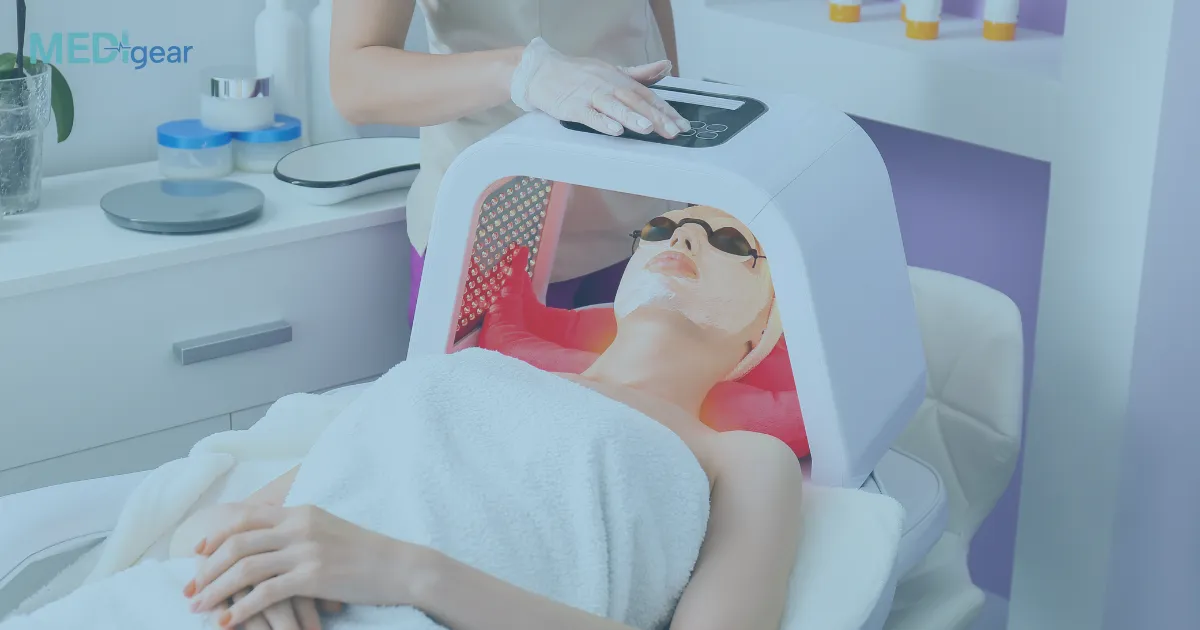Chromotherapy—also known as color therapy—is an emerging complementary technique that uses the visible spectrum of light to balance energy levels, improve mood, and enhance overall well-being. In recent years, chromotherapy devices have gained popularity in wellness clinics, sleep centers, and even home environments for their potential to influence emotional states and promote better sleep quality.
Understanding Chromotherapy
Chromotherapy is based on the principle that different colors correspond to specific frequencies of light energy, each interacting uniquely with the human body and mind. This non-invasive method is often incorporated into LED-based wellness devices, saunas, and sleep-assisting systems to create targeted psychological and physiological effects.
How Chromotherapy Affects Mood
Colors can directly impact the limbic system—the brain’s emotional control center.
- Blue light is calming and helps reduce stress and anxiety.
- Green light induces relaxation and emotional balance.
- Yellow and orange hues are energizing and may uplift mood, improving alertness.
- Red light stimulates vitality and can increase energy levels.
By exposing individuals to specific color wavelengths, chromotherapy devices help regulate mood fluctuations, making them beneficial for people dealing with seasonal affective disorder (SAD) or mild mood disturbances.
Role of Chromotherapy in Sleep Regulation
Sleep quality is closely linked to the body’s circadian rhythm, which responds to light exposure. Modern chromotherapy systems use gentle color transitions to signal relaxation and melatonin release before bedtime.
- Warm red or amber lights help trigger the body’s natural sleep response.
- Blue light, when used strategically in the morning, can reset circadian rhythms and improve wakefulness.
These effects make chromotherapy an appealing adjunct to sleep therapy, especially for individuals with insomnia or disrupted sleep cycles caused by excessive exposure to artificial blue light from screens.
Scientific Support and Practical Use
While chromotherapy is still being explored scientifically, preliminary research suggests measurable benefits in stress reduction, sleep enhancement, and emotional regulation. Many wellness centers now integrate light-based therapies with mindfulness, aromatherapy, or relaxation programs for holistic healing.
At home, chromotherapy lamps, LED panels, or smart lighting systems can be personalized through mobile apps, enabling users to control brightness and color sequences according to mood or time of day.
Conclusion
Chromotherapy devices offer a gentle, non-invasive way to influence mood and sleep by aligning light exposure with the body’s natural rhythms. Though not a replacement for clinical treatment, these tools can be valuable additions to wellness routines focused on mental clarity, relaxation, and restorative sleep.
Disclaimer: This content is for informational purposes only and should not replace professional medical advice. Always consult a healthcare provider before starting any form of light or color-based therapy.






